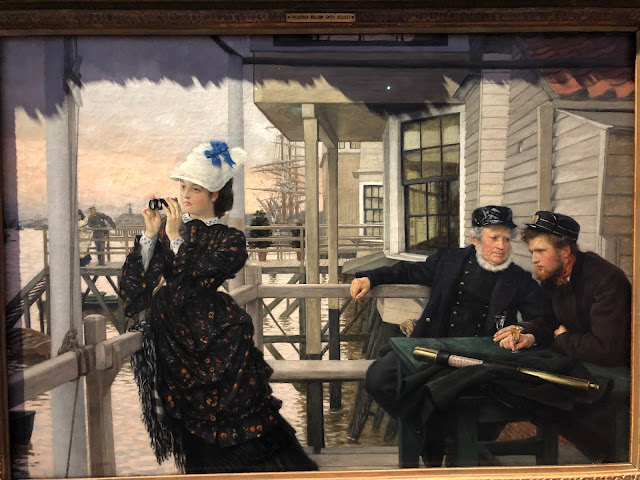November’s Railway Magazine has an interesting article about
a recently rediscovered account of a journey made in 1934 from Rye to Glasgow
by Michael Cobb, then just 17-years-old, in which the author, John Heaton,
compares those experiences with a trip along the same route today. Michael was
not perhaps your typical schoolboy railway enthusiast – Harrovian, distinguished
Army Colonel, to be, and eventually a PhD. Nevertheless, his observations were
amusing and perceptive and he included timed locomotive performances along the
way.
As he headed towards Crewe, Michael’s appetite for the
landscape he was passing through noticeably dropped, describing it as
uninteresting and depressing as he approached the north west of England’s industrial
heartlands. Wigan was wet and dismal. Between Preston and Lancaster, he was
having difficulty with the regional accents of the railwaymen he was sharing a
carriage with, but soon into the hills, he picked up sufficiently to notice the
marvellous scenery, mentioning that it was even becoming “fairly civilised” as
the Lake District came into view.
As a “southerner meets the north” scenario, it reminded me
of a recent encounter at the breakfast table at our Bournemouth hotel. An
elderly gentleman stopped at my elbow, en route to his reserved corner table in
the restaurant, overlooking the flat roof and the car park. “Where are you
from?....That’s a long way, then….Is that where the barbarians come from?....
We come from Southampton….This is our bolt hole….We’ve been coming here every
year for twenty years…. Nottingham, that’s a long way to come…. We know someone
from Derbyshire….Anything up there’s a bit wild isn’t it?.... His wife appeared
and guided him to his seat.
I was still wrestling with Barbarians or barbarians. I know
of the rugby team but thought that they were homeless rather than indicative of
any particular northern-ness, so I assumed that he meant barbarians because we
were from north of Watford [or maybe more likely Eastleigh]. The intimation
was, of course, that we were relative savages, except, naturally, that he
didn’t actually believe that, but his brand of humour, flagging up perceived
“different-ness” between northeners and southerners, was clearly his long
established and reliable “go-to” ice breaker when meeting new people with a
whiff of any accent other than his own.
In my experience, its invariably southerners that bring up
this supposed divide. I don’t quite get it to be honest. I mean I understand
the contrasts between the north and the south in terms of industrial and
cultural history, and though the expanding Bournemouth conurbation appears to
be a relatively wealthy part of the country by anyone’s standards, extreme
poverty is certainly more apparent in the old industrial cities, and they
happen to be mostly in the north and the Midlands. Stories from my son’s
teaching practice experiences in a choice part of Plymouth dockland, inequality
and anti-social behaviour in Bristol which seems to be as rife as in other port
cities, drug related violent crime in London and the migrant crisis [debacle, more like] currently
concentrated in Kent, are not much of an argument for rigid simplifications
based on latitude. Different places face different challenges, but let’s not
rush to judgement about points of the compass being the key factor.
Nor do I want to hear platitudes and patronising bleating from
folk down south about folk up north being the salt of the earth, ever so
friendly, do anything for you, loveable rogues, misunderstood victims or
stoical survivors. I remember just one crucial concept from my brief philosophy
course - Respect for Persons. It is so simple and all encompassing. Treat
others as you would expect to be treated. I think we could usefully add in this
context “regardless of where they come from”. Regional stereotyping quickly
becomes lazy commentary and tedious to listen to.






































